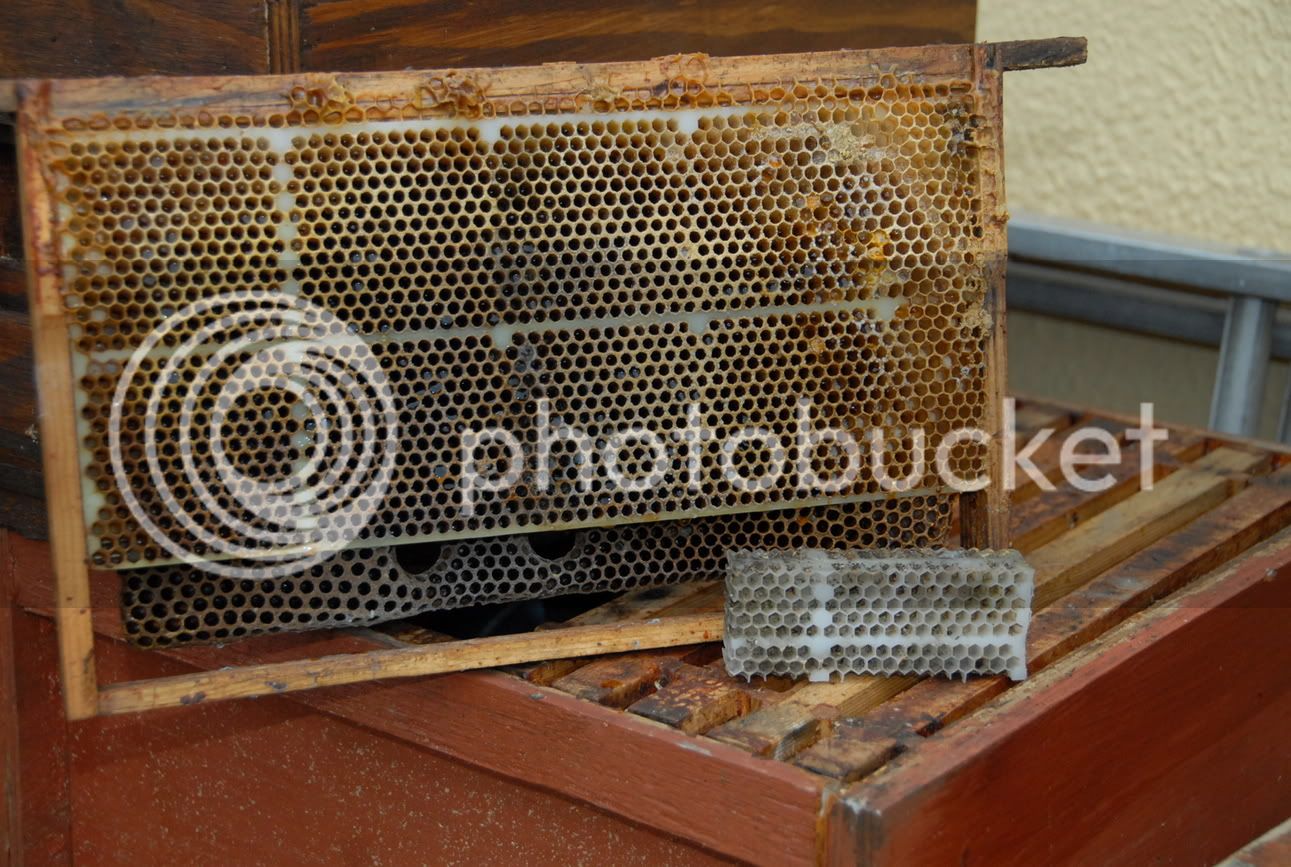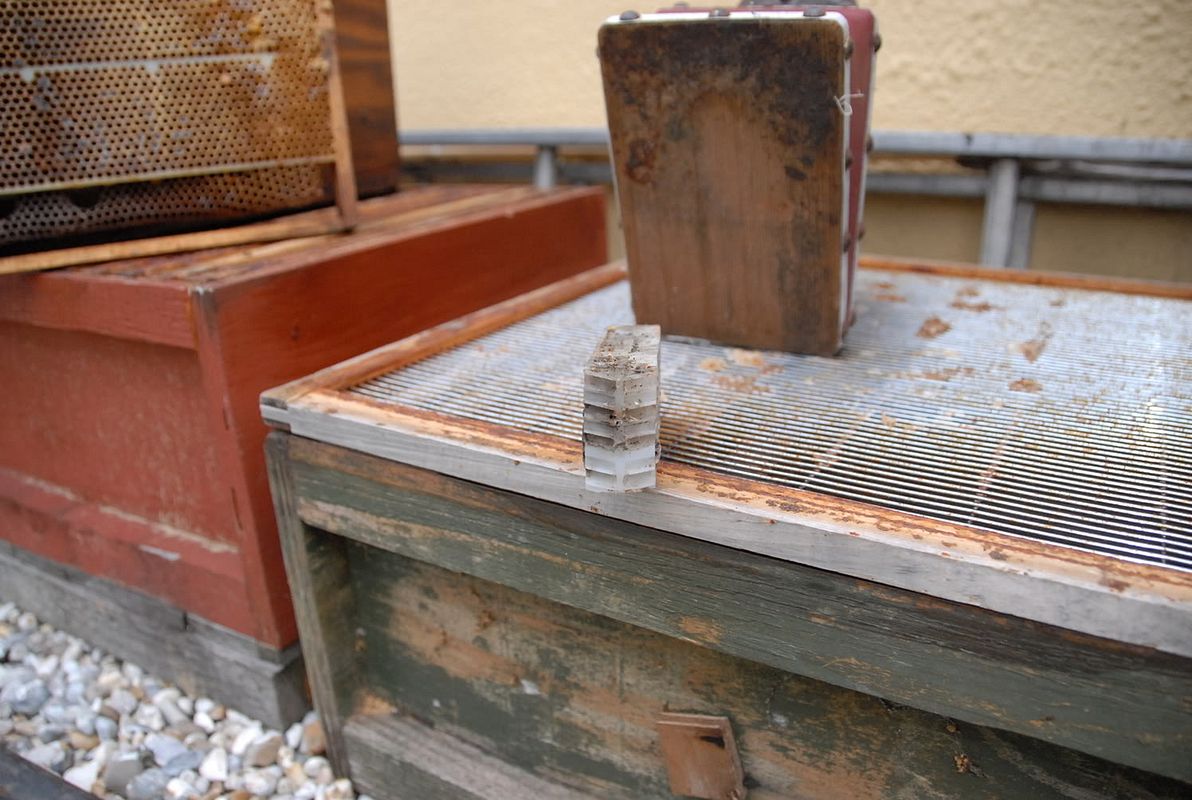Hello Chaps,
I am a very simple beekeeper with two poly hives, I have been very interested in the Bee size discussion, I studied ants for my university degree, (some years ago now ) and although i realise ants are not housed in cells during development, they are all of varying sizes throughout the colony, in some cases this has resulted in extreme size difference and duties within a colony (natural selection and the societies ability to adapt to change ) like my bees, ants are controlled by a single queen who allocates the duties to different colony members, so at some point she must have realised that ants with big jaws are better for defence, ants with smaller bodies are quicker to get to food sources e.c.t
So it is possible that the bees are simply progressing by natural selection and deformities in order to adapt, hence the smaller bees may be better at some tasks and worse at others
this of course is just speculation, but who knows it may be worth keeping an eye on the warre keepers of this world, to see how things pan out





















































